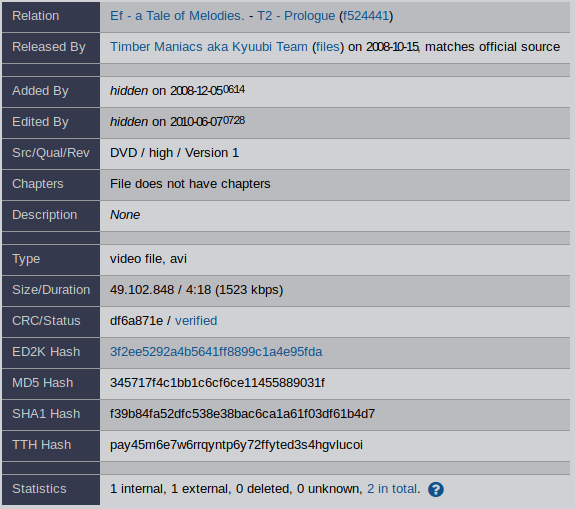Scenes From The Second Storey Rar File
|
Uloz.to is the largest czech cloud storage. Upload, share, search and download for free. Credit allows you to download with unlimited speed.
EditScenes From The Second Storey Rar File Pdf
Scenes From The Second Storey Rar File Player



Blog Posts
- Hp 2000 Series 2313tu Drivers For Windows 7
- Balachander Sahana Serial
- Tor Anti Filter Free Download For Windows 7
- Animated Miracles Yigal Mesika Pdf Reader
- Masterguard Ups Software Vista
- Drug Fact And Comparison Pdf
- Swarg Se Sunder Movie Mp3 Songs Free Download
- Drivers Ed Journal Entries
- The Complete Tutankhamun By Nicholas Reeves Pdf File
- Pushing Electrons Daniel P Weeks Pdf Writer
- Download Free Sanacion Espiritual E Inmortalidad Pdf Printer
- Swam Engine Keygen
- Download Adam Rafferty Sir Duke Pdf Free
- Sid And Nancy Ost Rar
Copyright © 2019 oilfullpac.